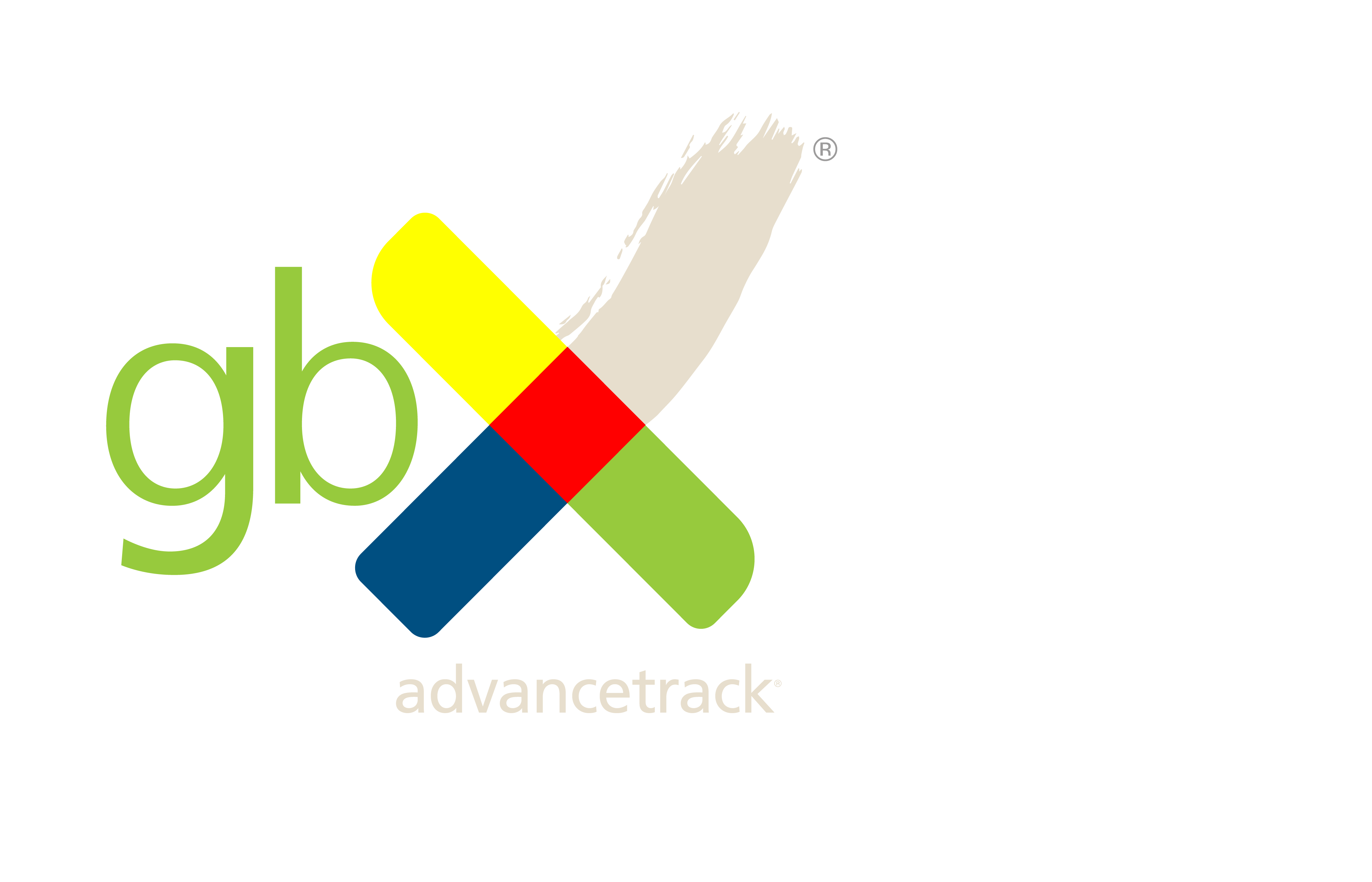
Understanding the value you provide as an accountant is the key that opens up opportunities to create a robust and clear pricing strategy. A key theme in Advancetrack’s recent ‘The Client Journey’ annual conference, Kevin Reed discovers the attitude – and action – required to increase your fees.
“Accountants, as a breed, are intrinsically embarrassed about having to charge and how much they cost,” states former Price Bailey executive chairman Peter Gillman.
It’s quite an opening gambit in the game that is understanding your value as a practitioner and charging appropriately for it.
There has been a bias towards conservative and “slightly introverted” people in the profession. Clients can sense this, and will leap on an accountant apologising for a cost.
Accountants therefore need to turn things around, and think from a client’s point of view as to what value they provide.
For example, bookkeeping has always been viewed as low value: a manual-intensive process that provides out-of-date information for compliance purposes only. The value comes from being able to produce timely and accurate financial information – data which can be interpreted by an expert to help the business make decisions.
“Can you help a client understand why costs are going up disproportionately to turnover? Can you do that? So many accountants merely shove the [basic information] in front of clients,” suggests Gillman.
This type of thinking is exactly what occurred to Paul Barnes, founder and MD of Manchester-based practice MAP.
“One of the first things I did [when MAP was launched] was list all the services I would like as a business owner – it’s about being in the client’s shoes and what solutions can be made available to them,” explains Barnes.
Then, with each line of service, no matter how small, Barnes set about putting a price against it – and considering how to differentiate it based on type/size of client or their requirement.
Barnes sees that accountants are “scared” about upselling services because clients “won’t pay more”. For MAP, there is a simple and clear message for clients: the cost of using MAP’s offerings is far less than hiring an in-house accountant or setting up a nascent finance function.
“One of the strengths and weaknesses for accountants is that there are so many clients, and it’s easy to win them,” says Barnes. “They’re coming in their droves because they have a fear of getting into trouble. So, the accountant has to break out of signing clients on their fear, and spend a bit longer thinking about what they need rather than what they ask for.
“You can then craft a package that helps the client mature as a business, rather than them clinging on with you at the bare minimum. Any firm can win business but going through the motions of selling the same simple stuff is not inspiring or rewarding.”
While most accountants are well-versed in the benefits of cloud accounting, the plethora of information and apps can be hard to navigate and make applicable for your own practice – particularly if long-established.
For Trent McLaren, global head of accounting and sales at Practice Ignition, it’s important that firms walk before they run. And the first step is to get a select number of clients onto the cloud – which creates an opportunity to produce monthly bookkeeping and reporting based on up-to-date income and expenses information.
“I’ll tell a lot of firms we chat to that it’s ‘too early’ for them: we can be the catalyst but they need to start with a smaller bucket of clients they want to work with more often and show them the extra things you’ll offer them, business goals support or regular KPI reporting,” says McLaren. “Then, your pricing revolves around that.
“You have to start somewhere and often it’s breaking down the yearly accounting to quarterly or monthly.”
And, as the practice itself is billed monthly to access tech subscriptions, “it forces firms to think differently about their own pricing” and consider regular client billing – not just waiting until a year-end ‘task’ is completed.
“Once you have the monthly reporting or meeting with the client, then other services come into play,” says McLaren.
What is the experience of an established practice looking to think about what constitutes client value, and whether that means changing both what they offer, and how they offer it?
For Wood and Disney, an Essex-based practice, a discussion at Advancetrack’s annual conference two years ago was a pivotal moment.
“We had a chat with GoProposal’s James Ashford,” explains Wood and Disney senior client manager David Rudd. GoProposal is a pricing and proposal technology launched by both Ashford and MAP’s Paul Barnes.
“Historically we used a spreadsheet that contained details of three different pricing models based on turnover and different offerings, but we’d got to the stage where it wasn’t working well,” says Rudd.
Wood and Disney started using GoProposal and since then has adapted the pricing to suit its needs.
“For example, we quote on accounts production a year in advance: they tell us what they’re going to provide us in terms of bookkeeping and then we also price dependent on turnover,” says Rudd.
Historically the firm “gave bookkeeping away”, admits Rudd, “without realising its value”.
“It’s actually the most valuable thing we do as it’s fundamental to everything else,” he says.
Building a quote requires face-to-face time with a client, prospective or otherwise, which drives contact and conversation.
A systemised approach also improves governance, with Rudd’s bosses able to check the pricing overview quickly. “We’ve created a system that’s fair to everyone, transparent and we can explain to clients why and how we do the job – they understand what you’re doing,” says Rudd.
The next, logical, step for the firm has been to move away from timesheets. “We’ve binned those off and now have an hourly average rate, which means we can track roughly the amount is coming in and how much time that will take,” he says. “The next step is for us to monitor capacity.
“We now understand we’re doing a job that helps people and we should value it appropriately. And we needed technology to help us do this in a systemised way.”
Advancetrack’s MD and founder gives his take on practices’ value
I’ve said to many practitioners: Don’t sell them bookkeeping…sell the outputs and the conversations.
Of course, in order to do that you will need technology and it helps if you’re doing the bookkeeping.
The moment it’s just about doing the books, then the client will immediately think of someone undertaking it at the kitchen table, rather than what you can offer: well-qualified and professional staff who analyse and interpret information.
You have to be brave and price on value. If you recognise the value you deliver and the client can see that value, it makes it easier to be brave in that conversation.
For Advancetrack, it’s about using technology with our skilled team in India to deliver the processing of data, which frees up your skilled people to undertake that analysis and interrogation.





